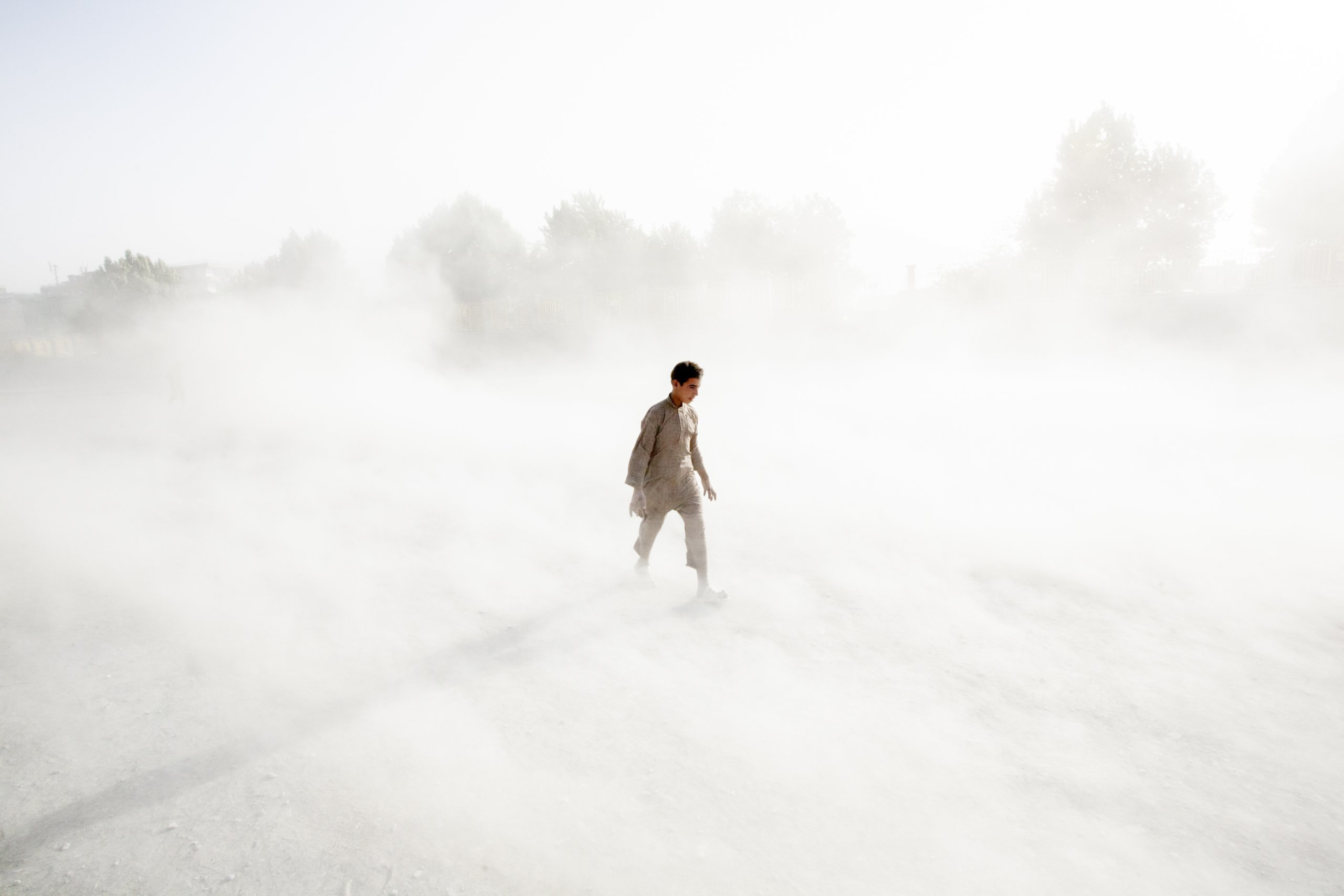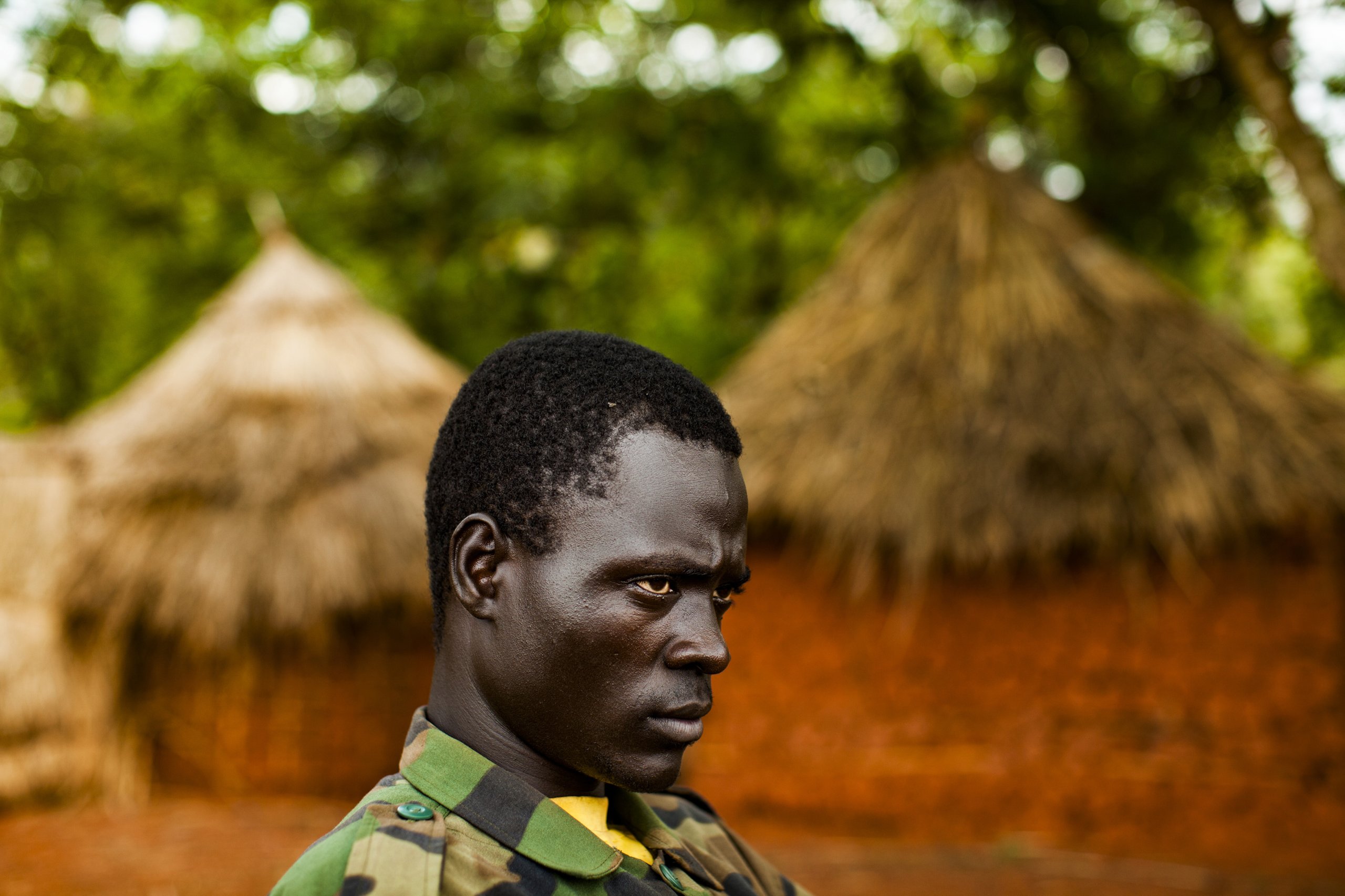Close
Close
Michael Christopher Brown is an American photographer and visual storyteller known for his innovative approach to conflict photography and visual journalism. With a career spanning two decades across six continents, his work confronts some of the most urgent humanitarian and political issues of our time. A National Geographic Magazine contributor since 2004 and former Magnum Photos associate, he is recognised for pioneering the use of smartphones in frontline reporting, particularly during the 2011 Libyan Revolution. Brown continues to push boundaries in narrative photography through books, film, and experimental media.
Michael Christopher Brown has reported from regions as varied as Eastern China, the Eastern Democratic Republic of Congo, Cuba, Israel, the West Bank, and the streets of Los Angeles. His images capture the complexity of war, identity, displacement, and survival. Brown’s smartphone documentation of the Libyan Revolution in 2011 marked a turning point in visual journalism, challenging traditional notions of equipment and access. This body of work became the foundation of his acclaimed book and short film Libyan Sugar, which won the Paris Photo–Aperture Foundation First PhotoBook Award and the ICP Infinity Award for Artist’s Book.
In addition to his photographic practice, Brown has contributed to numerous conflict-focused documentaries. He was the main subject and cinematographer of the Michael Mann-directed HBO documentary Witness: Libya. His film work is also featured in Hondros, The Prosecutors, This is Congo, and Which Way is the Front Line from Here?—a tribute to his late friend Tim Hetherington. In 2023, he published 90 Miles, an AI-driven visual novel exploring Cuba through illustrated reportage. Brown is currently co-directing a film in Cuba and writing a screenplay based on Sgt. Madot Dagbinza, a Congolese soldier he followed while living in the DRC.


Michael Christopher Brown’s work continues to evolve at the intersection of traditional photojournalism and emerging technologies. Through projects that combine mobile photography, AI-generated visuals, and immersive storytelling, he challenges viewers to reconsider the role of authorship and truth in documentary image-making. His exhibitions and lectures have appeared in major institutions and festivals worldwide, offering deeply personal reflections on his experiences in some of the world’s most volatile regions.
Brown’s emphasis on accessibility and adaptability has inspired a new generation of conflict photographers and documentary filmmakers. By embracing tools as simple as a smartphone or as complex as artificial intelligence, he demonstrates how storytelling can transcend technological boundaries. His ability to remain embedded within communities for extended periods enables a more nuanced portrayal of human resilience, trauma, and hope.
He holds degrees from Western Washington University and the School of Visual Arts in New York City, and his work is included in permanent collections such as the International Center of Photography and the Museum of Fine Arts, Houston. Whether through photography, film, or teaching, Brown’s contributions have expanded the possibilities of how global stories are told and shared.
Additional works include the photobooks Yo Soy Fidel (2018) and the forthcoming Ondas, focused on Havana’s youth and music scene. His short film series Paradiso explored Cuban electronica culture. He has received the Paris Photo–Aperture First PhotoBook Award and the ICP Infinity Award for Libyan Sugar. His work has been exhibited at the Museum of Fine Arts Houston, Annenberg Space for Photography, Brooklyn Museum, Instituto Cervantes New York, and Musée de l’Homme Paris, reflecting international recognition across photography, multimedia, and socially driven storytelling.